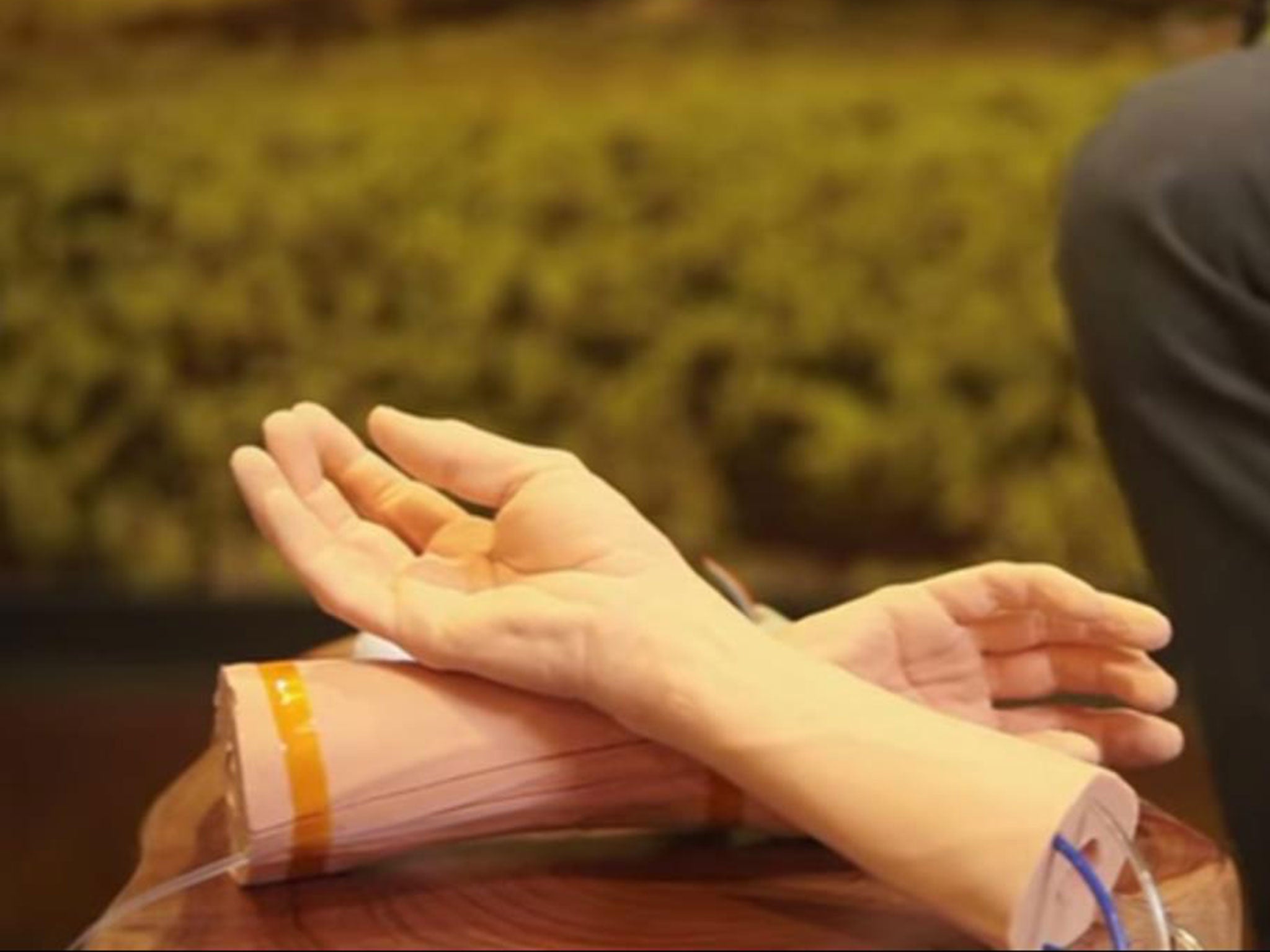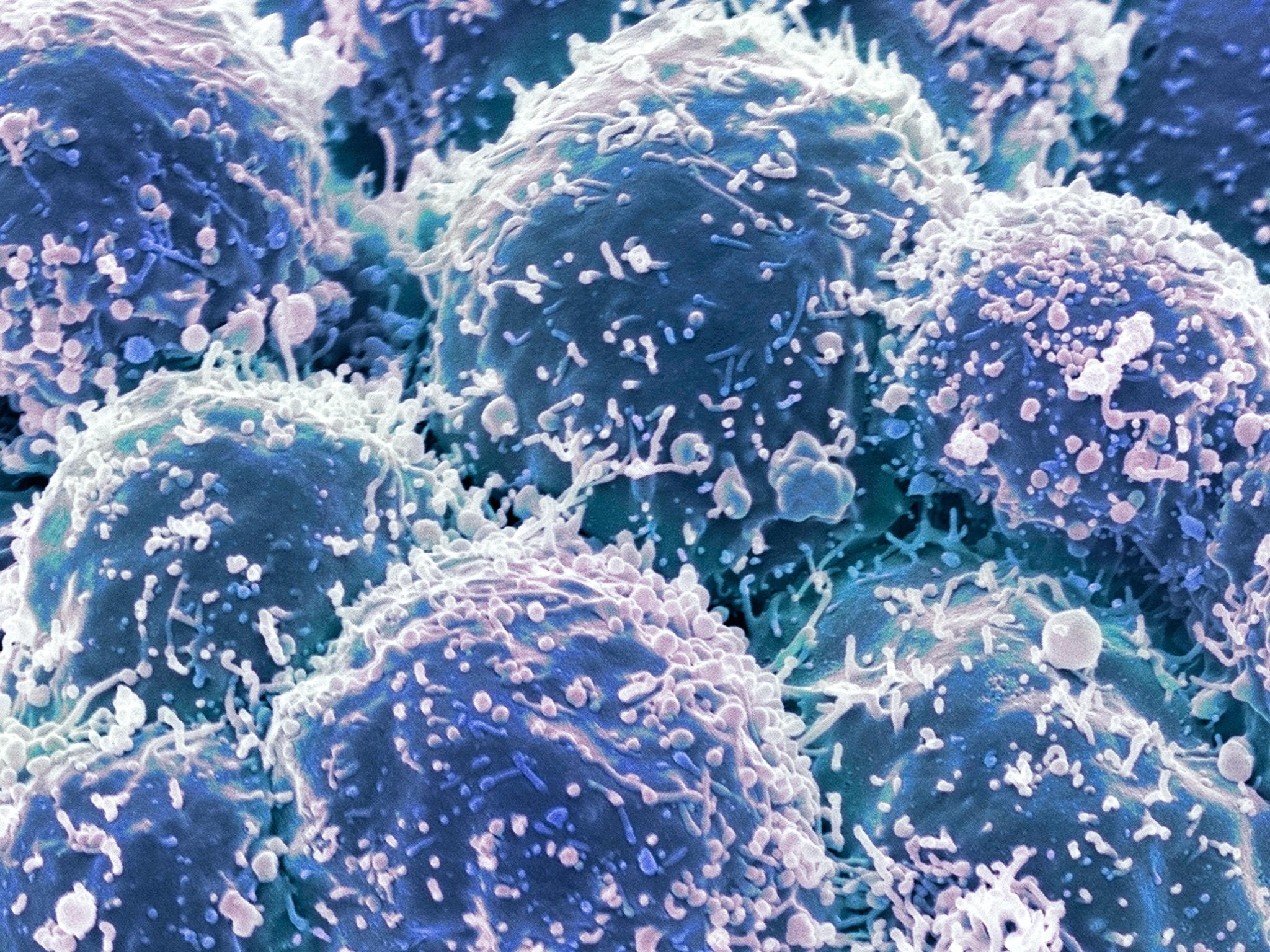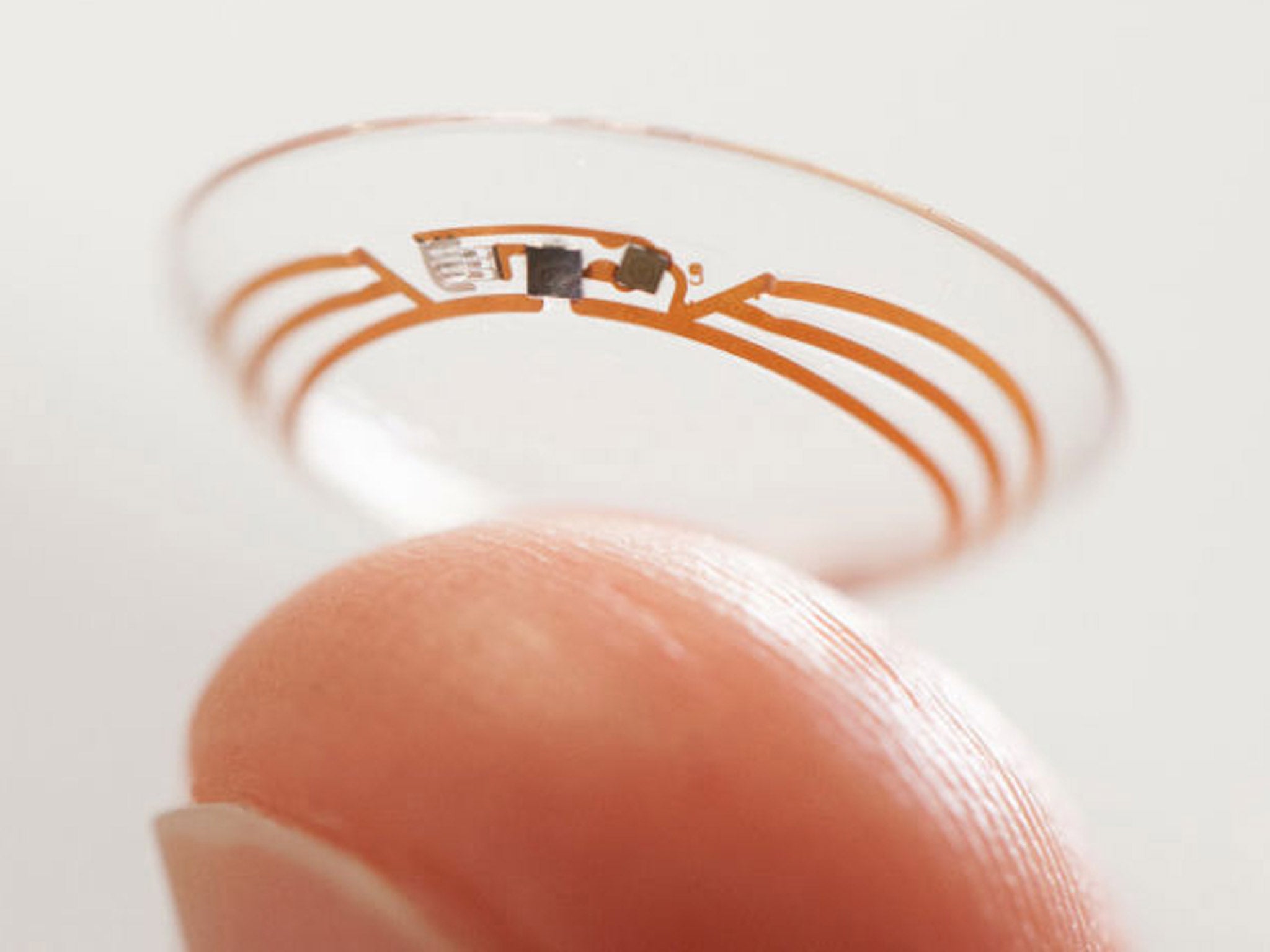Google is making human skin as part of research into 'wristband that can detect cancer'
Scientists needed to make fake arms for the experiments in California

Google has been making synthetic human skin as part of work to create a wristband that can detect cancer, impending heart attacks and other diseases.
Scientists in the life sciences division of Google X laboratories in California needed to create arms that were as realistic as possible to test the technology.
Dr Andrew Conrad said the system, which is still in the early stages of development, would detect cancer cells when they first appear by using nanoparticles that “search” the body for disease.
It would theoretically allow diagnosis long before any physical symptoms appear, enabling early intervention to reduce the fatality rate of illnesses.
“We’re trying to change medicine from being episodic and reactive, like going to the doctor saying ‘my arm hurts’, to being proactive and preventative,” he told The Atlantic.
“We’re making good progress but the journey is long and hard. So I think we will get there and I hope it’s years, not decades.”
The idea is to identify slight changes in the person's biochemistry that could act as an early warning system.
Patients would swallow a pill containing nanoparticles tailored to attach to markers for different conditions, such as cancerous cells or chemical levels linked to disease.

Google believes it will be possible to make cells “light up” so the magnetic wristband can detect them as they pass through the arm in the bloodstream.
“We have (the nanoparticles) circulate around your whole body looking for those cells and we collect them using a magnet and basically ask them what they saw,” Dr Conrad explained.
When asked by the Atlantic whether people would be comfortable to have their body constantly monitored, he replied: “It’s way weirder to have cancer cells floating through your body that are constantly trying to kill you.”
Because the system relies on the light emitted by cells, researchers need to understand how light passes through skin and so have built models of human arms.
The eerily realistic moulds have been made with a combination of synthetic and real human skin, from donors, so they have the “same autofluorescence and biochemical components of real arms”.

Google X is dedicated to investigating potentially revolutionary innovations, although many ideas are discarded before being made public.
Previous work has included research into glucose-measuring contact lenses for patients with diabetes and a spoon to counteract the tremors caused by Parkinson's disease.
Non-health related projects include Google Glass, self-driving cars, delivery drones and internet balloons in the stratosphere.
Join our commenting forum
Join thought-provoking conversations, follow other Independent readers and see their replies
Comments
Bookmark popover
Removed from bookmarks